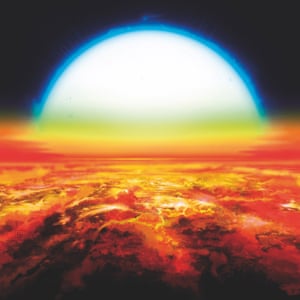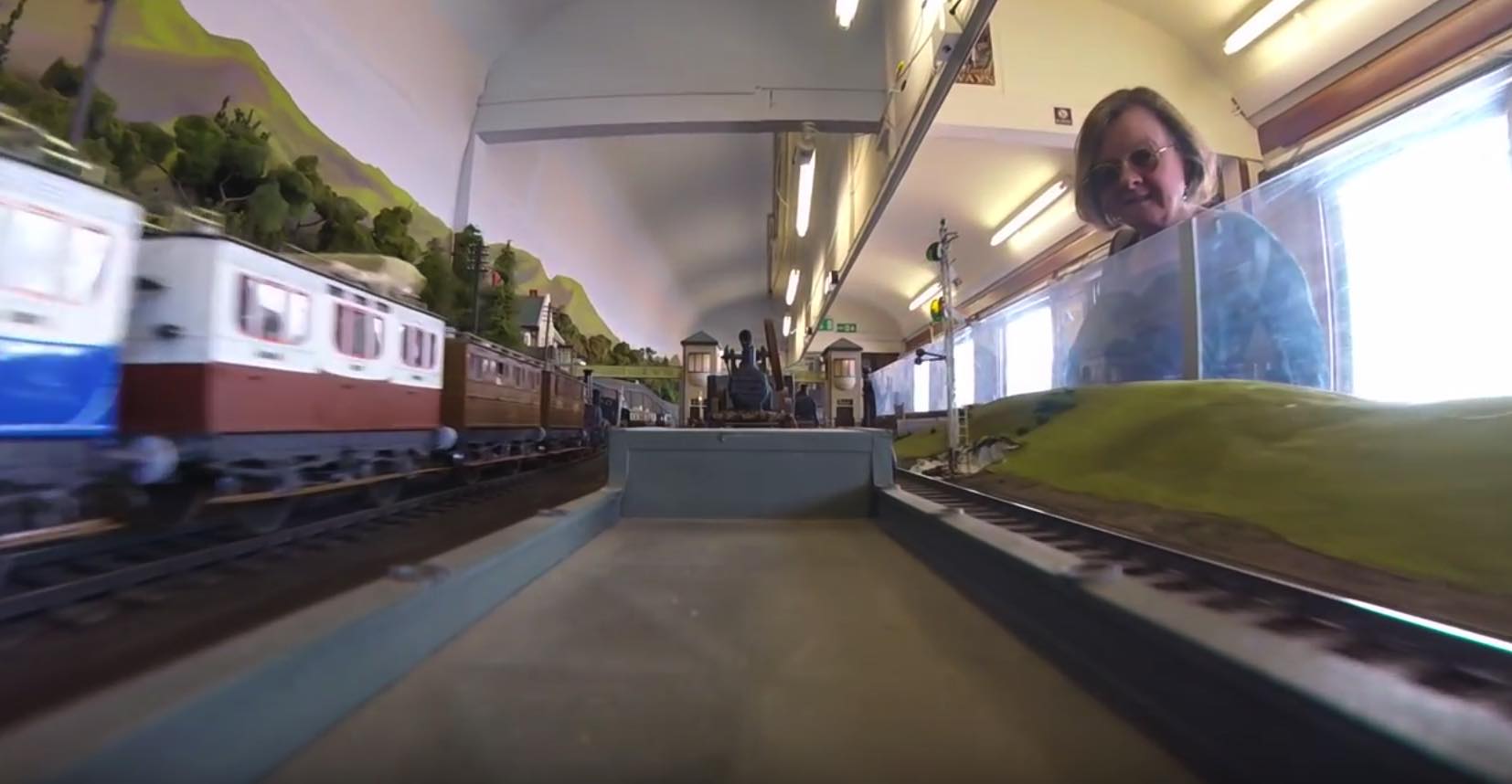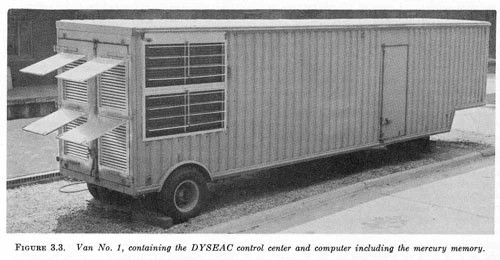via The Scholarly Kitchen by David Crotty
As we’ve moved away from hand-lettering movie posters, design considerations have changed, both for better and for worse. The video below explores the visual clichés that let designers clue in an audience to tone through typography. It also looks at how one particular typeface, Trajan, became the default for movie posters, and in doing so, went from signifying an epic story to being more of a blank slate for any type of movie.
==============================
via About History by Alcibiades

The Syrian-Lebanese operation (code-named “Exporter”) was a strategic military operation of the British armed forces against Vichy France during World War II, with the aim of establishing control over the French colonies of Syria and Lebanon.
Continue reading
==============================
via Arts & Letters Daily: Travis McDade in Atlas Obscura

An image from David Roberts’s The Holy Land, one of the stolen books. COURTESY OF TRAVIS MCDADE
In the summer of 1980, Robert Kindred was a 35-year-old high school dropout with no plans of going to college. Despite that, scattered in the backseat of his newly leased Cadillac Fleetwood Brougham were half a dozen guides to American college and university locations, each representing a region of the United States. He also had a single volume covering the entire country in his briefcase. A former Boy Scout, he liked to be prepared.
No major American crime requires as much travelling as that of stealing rare books from libraries, a fact Kindred knew from experience. Thanks to wealthy Americans, poor Europeans, two hot wars, and one cold one, the fruits of 500 years of printing came to be scattered across the United States in the second half of the 20th century. And almost all of it could be found on the shelves of some college or university library.
Continue reading
A fascinating read, allow yourself time!
==============================
via the Guardian by Hannah Devlin Science correspondent

Artist’s impression of the hot planet KELT9b with KELT-9 in background. Photograph: Denis Bajram/Center for Space and Habitability
New observations of the hottest known planet have revealed temperatures similar to those typically seen at the surface of a star, as well as an atmosphere of vaporised iron and titanium.
The findings add to the diverse and, in some cases, extreme conditions seen on planets far beyond our own solar system.
Kevin Heng, a professor at the University of Bern, and co-author of the latest work, said: “The temperatures are so insane that even though it is a planet it has the atmosphere of a star.”
“The main lesson that exoplanets are teaching us is that we can’t just look in the solar system,” Heng added. “There are really weird things out there.”
Continue reading
==============================
via Boing Boing by Rob Beschizza

I'm not sure of the technical specifications going on here, but this calmed me down after seeing the latest from the Malabar Front this morning.
Continue reading
==============================
vua the Big THink blog by Brandon A Weber
Scientists just discovered 12 new moons orbiting the planet Jupiter, and they’re… interesting.
12 new moons have been discovered orbiting the planet Jupiter. They were not known until discovered via the 6.5-meter Magellan Telescopes. The data captured therein took a year to study, but was just confirmed.
“It takes several observations to confirm an object actually orbits around Jupiter. So, the whole process took a year,” said Gareth Williams of the International Astronomical Union’s Minor Planet Center.
Continue reading
==============================
via Arts & Letters Daily: Graham Daseler in The American Conservative
#MeToo has forced the question: can we still enjoy the work of predatory artists?

Michael Hogue
One of the many questions occasioned by the tsunami of allegations against men in the movie industry is whether we should reappraise their art in light of their misdeeds. Can we continue to laugh at The Cosby Show knowing that its star is a convicted sex offender? Can we continue to identify with Dustin Hoffman after hearing that he groped, flashed, and sexually humiliated underage girls on multiple occasions? Can we continue to enjoy the movies that Harvey Weinstein produced knowing that their creation helped cause so much pain to so many women?
Continue reading
==============================
via Interesting Literature
‘I love to see the summer beaming forth’ is a poem by the Romantic poet John Clare (1793-1864), although it’s not as famous as, say, ‘I Am’. But it’s a glorious evocation of the summertime, and deserves sharing here, with some notes towards an analysis.
Continue reading
==============================
via About History by Alcibiades

The Sicilian emirate was a Muslim state that controlled the entire island of Sicily from 965 to 1072. The Muslim community remained on the island until the 1240s, after which it was deported to the continent.
Continue reading
==============================
via Boing Boing by Cory Doctorow

The first electromechanical computers occupied whole buildings, making them rather unwieldy; in the 1950s, an effort to create a "portable" computer called the DYSEAC bore fruit in the form of a computer on wheels that could be relocated, provided you had the trucking logistics to move two trailers with a combined weight of 20 tons.
Continue reading
No comments:
Post a Comment